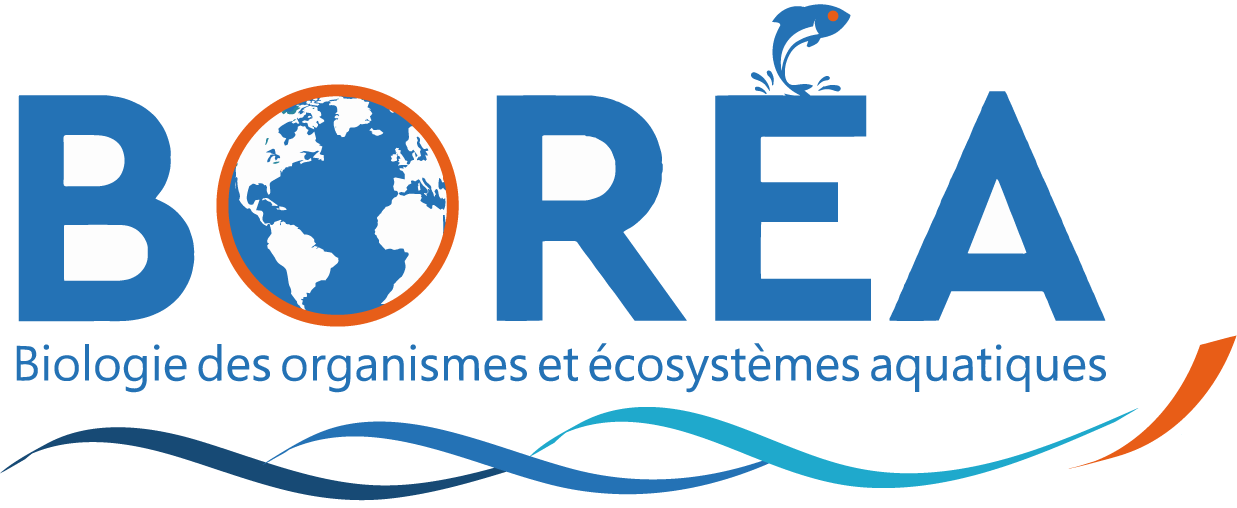Multispecies macrozoobenthic seasonal bioturbation effect on sediment erodibility
Effet de la bioturbation saisonnière macrozoobenthique multi-espèces sur l'érodabilité des sédiments
Résumé
Bioturbation in estuarine environments describes all sediment reworking processes implied in sediment transport. However, modelling at large spatial and temporal scales remains a challenge because of the need to consider the fauna at the community level, and because animal behaviour is highly seasonal. Bioturbation processes can be linked to the activity of organisms, based on the principle of energy ecology, linking the metabolic rate to the erodibility of a sediment colonised by benthic fauna. This study investigates this postulate by evaluating the erodibility parameters of a sediment subjected to: i) the bioturbation under seasonal temperature variations; ii) the joint bioturbation of different species. The experimental design consisted of: i) three temperature levels (winter, spring and summer), ii) two species combined (Cerastoderma edule and Macoma balthica; Scrobicularia plana and Hediste diversicolor; Corophium volutator and Peringia ulvae) at 4 different relative densities. Two successive experiments were carried out on the same individuals: measurement of oxygen consumption of fauna then measurement of the erodibility of the colonised sediment in a flume. The oxygen consumption confirmed that the metabolic rate is a good model of the fauna respiration, regardless of species. The erosion results indicated that the metabolic rate in the case of the fluff layer is an interesting descriptor for 1) the assessment of the bioturbation under variable temperatures and 2) the integration of the two different bioturbator species that could co-occur in the same habitat. In contrast, the effect of bioturbation on the mass erosion threshold seems to be more related to the bioturbation processes than to the metabolic rate. Bioturbation models of the fluff layer using metabolic rate is a promising tool for modelling the effects of faunal communities on sediment transport at the scale of an estuary and over the long term, even projected in the context of global warming.
Fichier principal
 Multispecies_ERIS paper.pdf (1.69 Mo)
Télécharger le fichier
Multispecies_ERIS V6.zip (124.81 Mo)
Télécharger le fichier
Multispecies_ERIS paper.pdf (1.69 Mo)
Télécharger le fichier
Multispecies_ERIS V6.zip (124.81 Mo)
Télécharger le fichier
| Origine | Fichiers produits par l'(les) auteur(s) |
|---|




